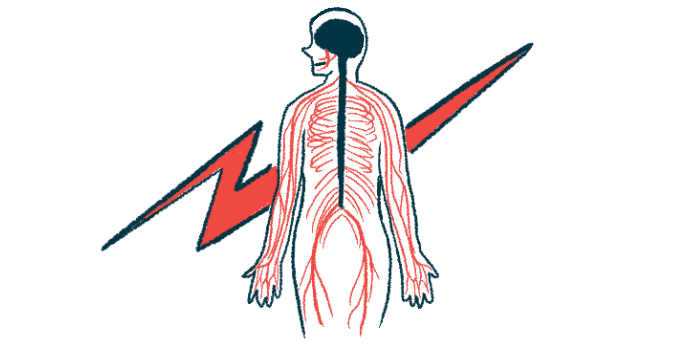Younger Patients Found More Likely to Delay Seeking Medical Attention
Chinese study suggests such post-onset postponement can hurt clinical outcomes
Written by |

Among those with Lambert-Eaton myasthenic syndrome (LEMS) and other forms of paraneoplastic neurological syndrome, younger patients often experience a longer delay between symptom onset and seeking medical attention — a delay that can result in worse clinical outcomes, a new study indicates.
“Patients aged [65 years or younger] have a longer interval from onset to medical advice, which seriously delays diagnosis and treatment. The awareness of peripheral neuropathy needs to be improved in the future,” the researchers wrote.
The study, “Single-Center Retrospective Analysis of Paraneoplastic Syndromes with Peripheral Nerve Damage,” was published in the journal Brain Sciences.
Paraneoplastic neurological syndrome, or PNS, is a rare disease in which an autoimmune disorder that causes nerve damage develops in someone with an underlying cancer. LEMS is a form of PNS characterized by the presence of self-targeting antibodies that damage nerve cell proteins called voltage-gated calcium channels (VGCCs), which play a key role in nerve-muscle communication.
In this study, scientists in China reviewed clinical data for 25 people with PNS, including one with LEMS, who were treated at their center between 2014 and 2020.
“This study summarized all confirmed paraneoplastic syndromes requiring electrophysiological examination in the Second Hospital of Hebei Medical University, China, in recent years,” the researchers wrote. “Analyzing these patients’ clinical and electrophysiological characteristics contributes to increasing the awareness of these disease spectrums, their prompt diagnosis by clinical physicians, and improved patient outcomes.”
The 25 patients ranged in age from 36 to 75; 23 were men and two were women. In most patients, PNS symptoms appeared before cancer was identified. In these individuals, the median time from symptom onset to diagnosis of the underlying tumor was four months.
The most common symptoms of PNS were weakness (80%) and numbness (52%). The majority of patients (56%) experienced a chronic disease onset, in which symptoms gradually worsen over the course of several months. In most other patients, symptoms appeared over the course of a few weeks.
Nerve cell activity testing was performed on a total of 182 nerves from 20 patients. Results showed that patients with PNS tended to have a reduced amplitude — in other words, the strength of electrical signals sent by nerves was reduced compared with typical values.
In an additional analysis that split the patients based on age, researchers found that patients ages 65 or younger were more likely to have a chronic disease onset, and they tended to have a longer delay between starting to notice symptoms and seeking medical care to get a diagnosis. These younger patients also tended to have more severe disability and more pronounced changes in nerve signaling, which the researchers said may be related to a longer delay between disease onset and getting treatment.
“Previous studies have shown that early diagnosis and treatment can improve patient outcomes,” the researchers wrote. “Our results indicate that awareness of this disease should be raised among people aged [65 or younger] in the future.”






